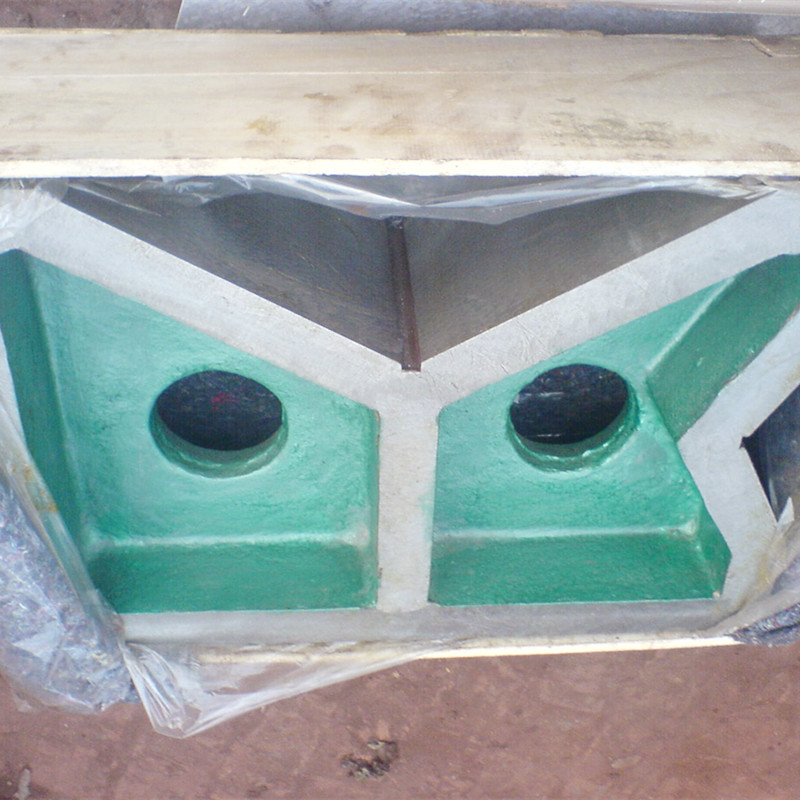Dec . 03, 2024 20:38 Back to list
A Guide to Using a Spirit Level Effectively for Precise Measurements
How to Use a Spirit Level
A spirit level, sometimes known as a bubble level, is a vital tool in construction, carpentry, and numerous DIY projects. Its primary purpose is to determine whether a surface is vertical (plumb) or horizontal (level). Effectively using a spirit level can ensure that your projects are aligned correctly, enhancing both their functionality and aesthetic appeal. Here’s a guide on how to properly utilize a spirit level in your work.
Understanding the Spirit Level
Before diving into usage, it's crucial to understand the components of a spirit level. Most commonly, a spirit level has one or more sealed vials filled with liquid, typically alcohol, and a single air bubble. These vials are positioned precisely along the length of the level. When the tool is placed on a surface, the bubble will move within the liquid. For a surface to be level, the bubble must rest in the center of the vial.
Basic Steps for Using a Spirit Level
1. Select the Right Spirit Level Spirit levels come in various lengths and styles, including torpedo levels for tight spaces and longer levels for larger projects. Choose a level that fits the job at hand. A standard level of 2-4 feet in length is suitable for most home projects.
2. Clean the Surface Before using your spirit level, ensure that the surface is clean and free of debris. Dirt or dust can affect the level's accuracy.
3. Position the Spirit Level Place the spirit level on the surface you want to check. Make sure the level is resting flatly on the surface to obtain an accurate reading.
spirit level how to use

4. Check for Levelness Observe the bubble within the vial. The aim is for the bubble to sit between the two lines marked in the vial. If it is centered, the surface is level. If the bubble is not between the lines, adjustments will be necessary.
5. Adjusting for Level If the bubble veers toward one side of the vial, adjust your surface accordingly. This might involve raising or lowering one side of a shelf, for instance. After making adjustments, recheck with the level.
6. Using the Level for Vertical Surfaces To check if a wall or post is plumb, turn the spirit level vertically and repeat the process. This is particularly important for ensuring that frames, doors, and windows are perfectly aligned.
7. Multiple Measurements For larger projects, take multiple readings at different points along the surface to ensure uniformity. It’s beneficial to check both levels and plumb at various sections to guarantee comprehensive accuracy.
8. Regular Calibration Over time, spirit levels can become inaccurate due to wear and tear. It's good practice to check the accuracy of your level periodically by placing it on a truly level surface and ensuring the bubble is centered.
Conclusion
Using a spirit level is straightforward but demands attention to detail to yield the best results. Whether you’re hanging a picture frame, building a shelf, or constructing a fence, ensuring your work is level and plumb will create a professional finish. Remember that a well-leveled project not only looks better but also performs better over time. By following these steps and incorporating the spirit level into your toolkit, you’ll enhance your ability to undertake DIY projects with confidence. Happy leveling!
-
thread-plug-gauge-our-promise-of-measurement-excellenceNewsAug.22,2025
-
gauge-pin-class-reflecting-quality-legacyNewsAug.22,2025
-
check-valve-types-for-high-rise-buildingsNewsAug.22,2025
-
water-control-valve-for-irrigation-systemsNewsAug.22,2025
-
gate-valve-with-soft-seal-technologyNewsAug.22,2025
-
y-type-strainer-for-oil-and-gas-applicationsNewsAug.22,2025
Related PRODUCTS









